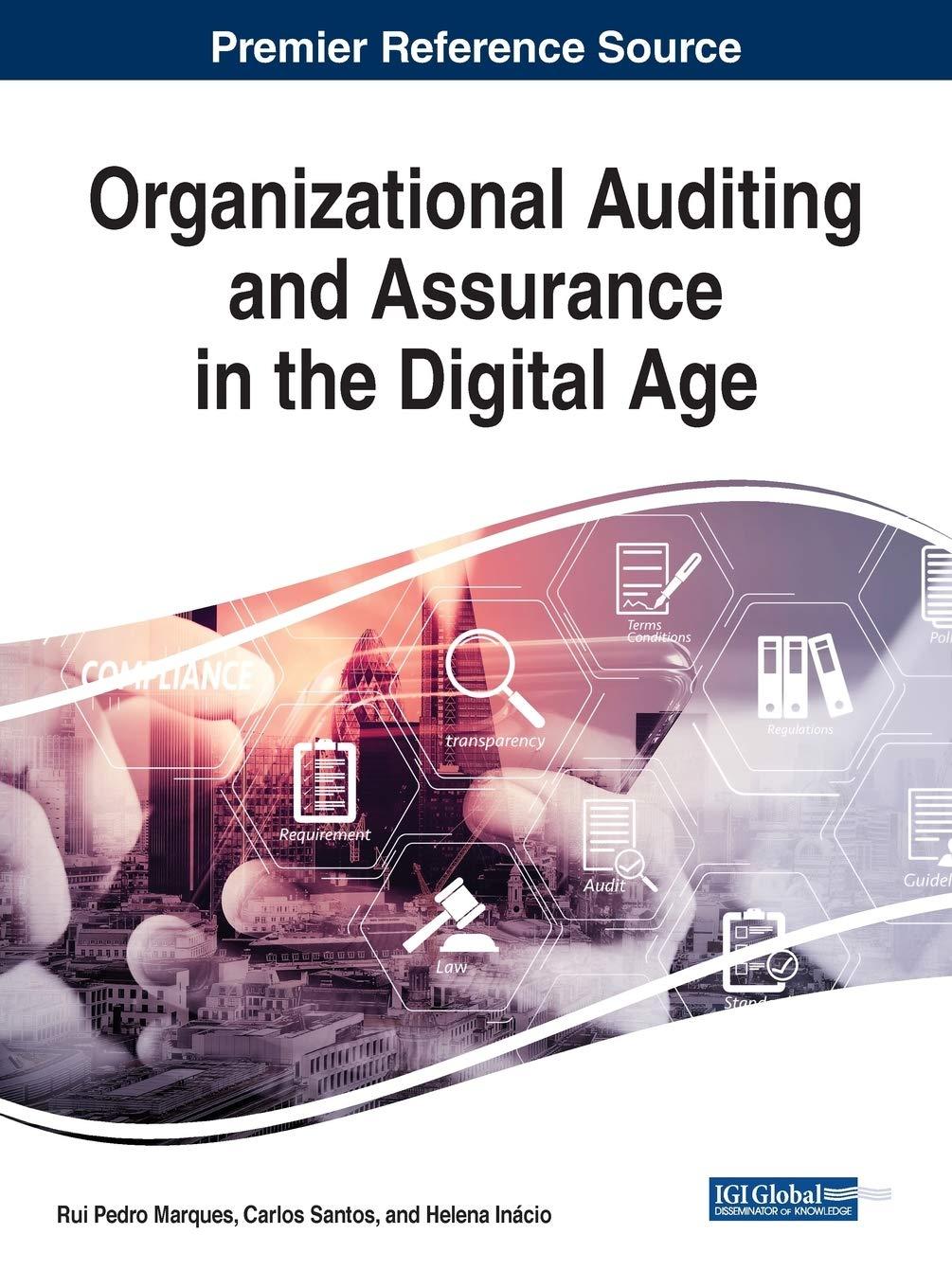Answered step by step
Verified Expert Solution
Question
1 Approved Answer
Flow (ml/min) Str. V (ml) Rad. L (mm) Rad. R. (mm) Rate (strokes /min) Press. L (mm Hg) Press. Dif. R (mm Hg) 5086.8 3.0




Step by Step Solution
There are 3 Steps involved in it
Step: 1

Get Instant Access to Expert-Tailored Solutions
See step-by-step solutions with expert insights and AI powered tools for academic success
Step: 2

Step: 3

Ace Your Homework with AI
Get the answers you need in no time with our AI-driven, step-by-step assistance
Get Started


